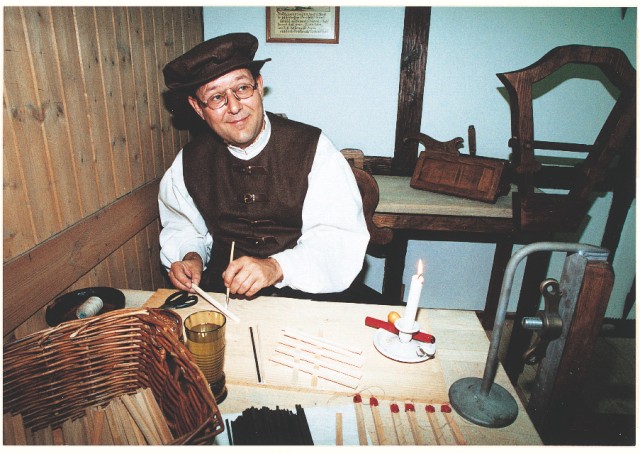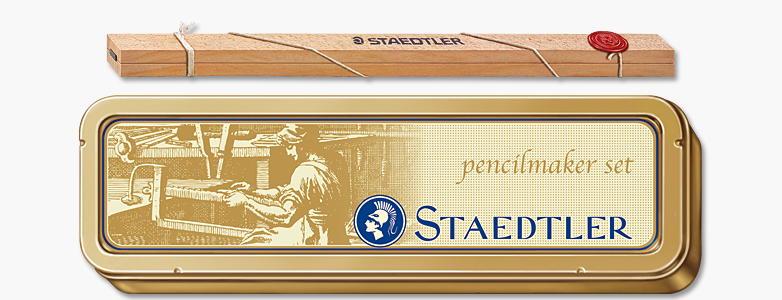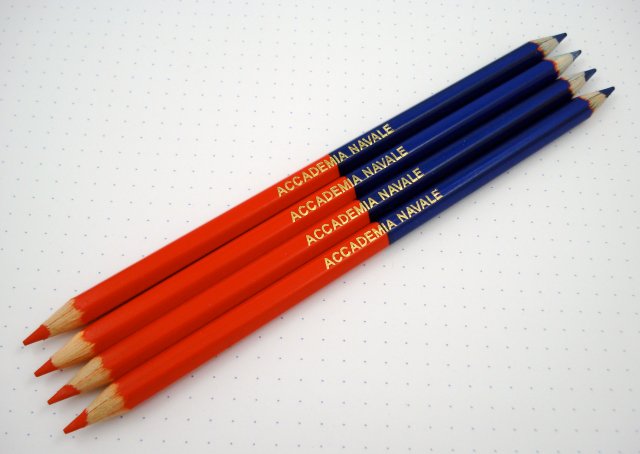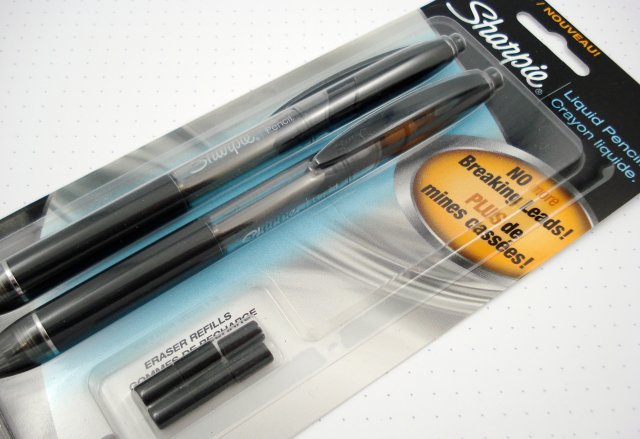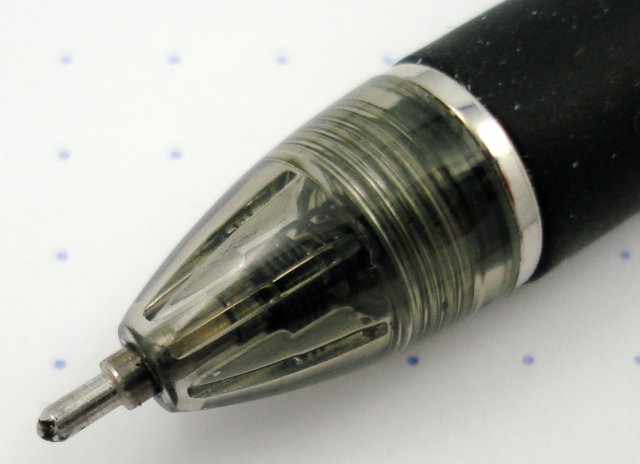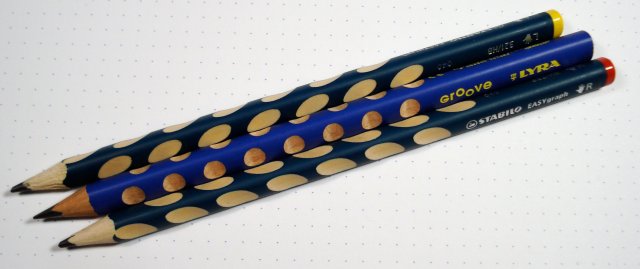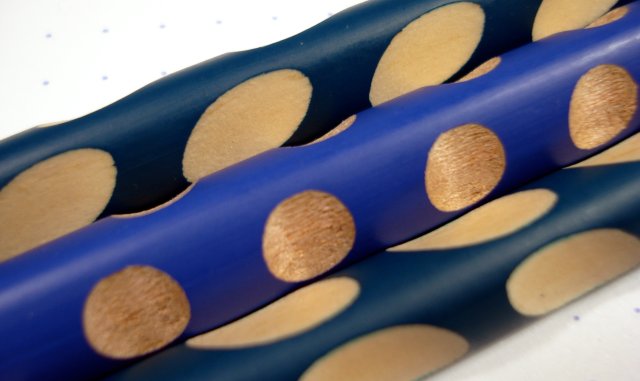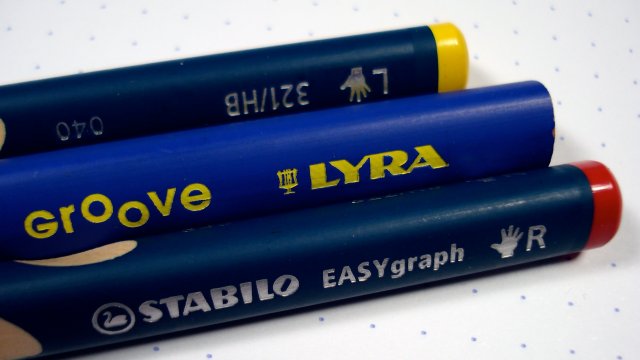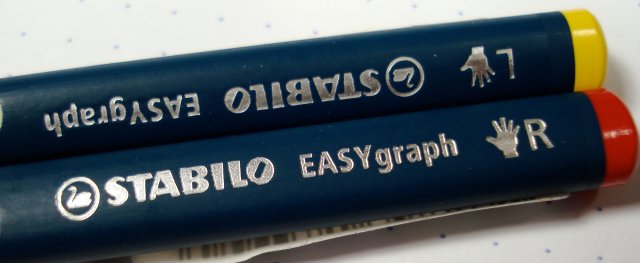The J. R. Moon Pencil Company was founded in 1961 by James R. Moon. Moon was a pencil industry veteran, having previously worked at both the Linton and American pencil companies, following a career as a school teacher.
Some background information on the company:
Mr. Moon (born in 1912), passed away in 2002, and a scholarship in his name at Columbia State College is a testament to the mark he left on his community.
In 1999, the company name changed name to Moon Products, Inc., possibly reflecting the wider range of writing implements and supplies being sold at the time.
In 2003, crayon maker RoseArt Industries Ltd. of New Jersey purchased Moon Products Inc., claiming to become the second largest pencil manufacturer in the US. It isn’t clear how such a calculation was made, as Dixon and Newell Rubbermaid’s Sanford division were widely acknowledged as being the largest American pencil manufacturers of the time.
In June 2005, Mega Bloks Inc. (a predecessor name of Mega Brands) acquired RoseArt for $350M.
(In March 2008, Mega Brands announced they might sell the unit.)
Today, Dixon (acquired by FILA of Italy) and Newell Rubbermaid (who seem to have dispensed with the Sanford name in the US, in favour of the Paper Mate, Parker, etc. brands) have both moved US manufacturing abroad. Due to the historical prominence of the Dixon Ticonderoga and Paper Mate Mirado brands and products, the two companies are still the most associated with recent American pencil making.
Some industry followers and pencil aficionados, and probably many pencil talk readers, are aware that two smaller family owned companies, General and Musgrave, continue to operate in the US.

Yet there is another manufacturer. This manufacturer has no website, garners no press, and seems to operate in a stealth mode, with no brand or identity management. That manufacturer is Moon Products, which today operates in Lewisburg, Tennessee as a division of international toy conglomerate Mega Brands.
With great thanks to Pencil Me In, who supplied the pencils shown here, let’s take a look at the offerings of Moon Products and the larger Mega Brands organization.
The first possible surprise is in the branding – the “J. R. Moon” name still exists on a product, as do “Moon Products”, “RoseArt”, and “Mega Brands”. It gets even better – the company appears to use original imprints on some products, producing delightful new pencils that appear vintage. Lyra (in Germany) is also known for this practice.
Try-Rex B21 and B23
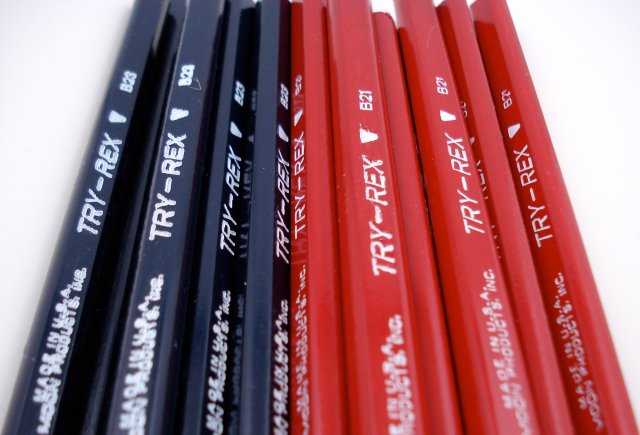
The Try-Rex is distinguished by an unusual shape – an equilateral triangle with rounded corners. This in contrast to other triangular pencils which are more like a three sided curve of constant width or a Reuleaux triangle . The shape comes from the Richard Best Pencil Company, which was purchased by J. R. Moon.

This pencil format is surprising similar to Mitsubishi’s triangular “Penmanship” pencil.
The Try-Rex B23 is just a bit larger than a modern standard pencil, and wouldn’t fit in some sharpeners I tried. It has a white imprint on a very dark navy blue finish. The B21 is an oversize pencil in the same shape with a red finish. Both share an oversize 4mm graphite core.
“Big-Dipper” 600
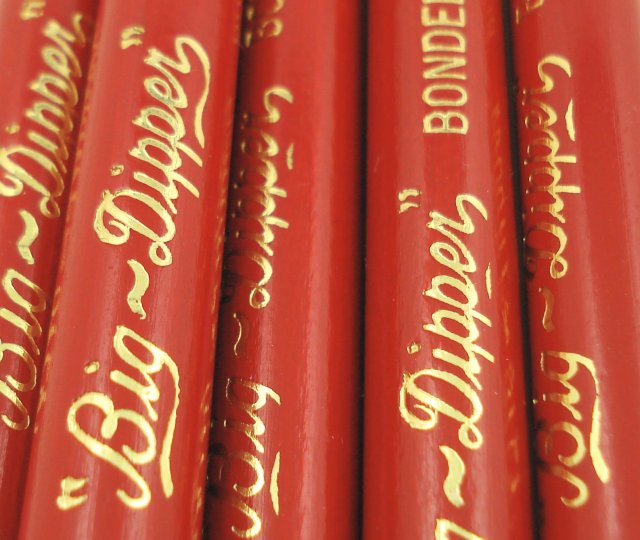
The “Big-Dipper” brought to mind the Musgrave Choo-Choo – delightful jumbo sized pencils for learners. This pencil includes the text “J. R. Moon Pencil Co.” Round, it is topped by a gold ferrule and ruby eraser.
Crown Cedar

Simply marked “U.S.A. Moon Products Crown Cedar 2”, this appears to be a standard yellow office pencil.
USA Gold
Please see an interesting comment by WoodChuck about this pencil’s background. The packaging says “Made in the USA” and “Made from American Cedar.” The pencil is labelled “www.megabrands.com U.S.A. Gold 2 HB” and also appears to be a standard yellow office pencil.
USA Green
We mentioned this pencil here. It appears to be a sibling of the USA Gold.
Recycled Denim
A fun pencil, we previously saw it here.
Recycled Newsprint
A rolled newspaper type of pencil. Included for completeness.
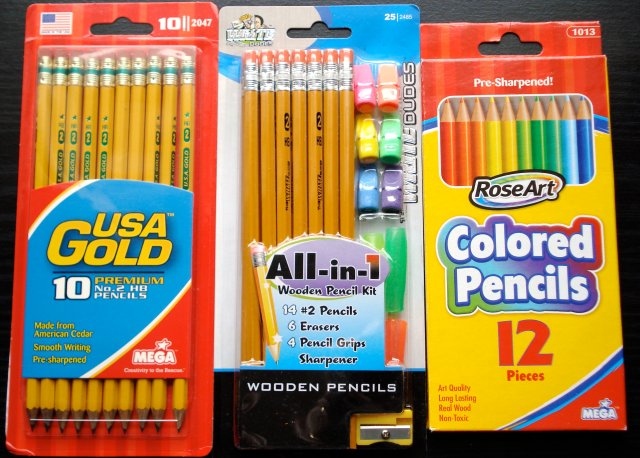
RoseArt Colored Pencils
Made in Indonesia, these represent the RoseArt name, though Mega Brands is mentioned on the packaging.
The Write Dudes #2
Made in Vietnam, this appears to be a “deep discount” pencil.
The colour pencils won’t be evaluated today, but the breadth of the graphite pencil offerings from this little known company is compelling. I can say that there were some distinctive differences between the products in terms of performance.
Sharpening
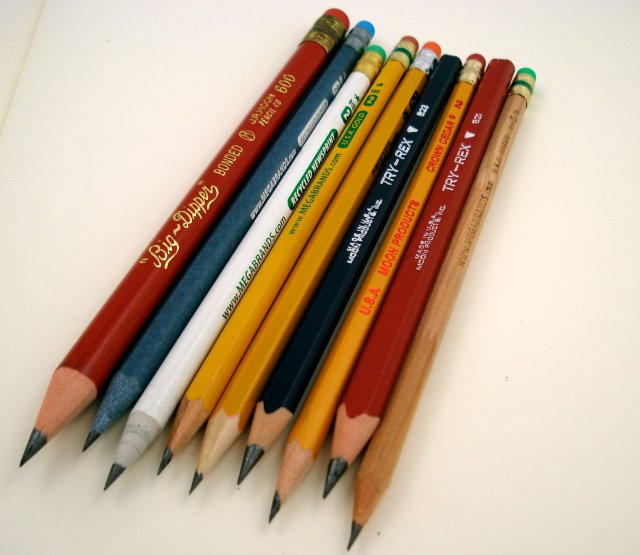
I used a new Faber-Castell Contour sharpener for the test. There was no trouble distinguishing that the three pencils with the old imprints, the Try-Rex B23 and B21, and the “Big-Dipper”, use a different and superior type of cedar. They all sharpened exceptionally well. The Crown Cedar, USA Green and USA Gold, were in a second tier, and noticeably less pleasant to sharpen. The Write Dudes (presumably basswood) pencils were distinctly rough.
Writing
The two Try-Rexes are both nice writers. Very smooth with moderately dark, rich cores. I couldn’t decide if the two ungraded pencils were the same or not. Perhaps as a side effect of the greater weight, the larger seemed to leave a darker mark.
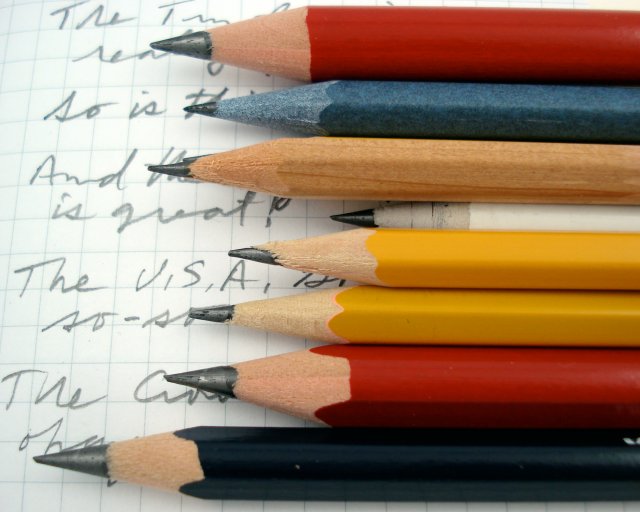
The “Big-Dipper” was a welcome surprise. Musgrave’s Choo-Choo, as an example, does not use the same quality lead as that company’s standard sized pencils. Fortunately, Moon Products didn’t skimp, and the “Big-Dipper” is a great writer.
The USA Gold and Crown Cedar seemed so-so – I doubt they would be anyone’s first choice. I have to note that samples of both were slightly warped, perhaps (sadly) par for the course from today’s office pencil. The Write Dudes pencil is a disaster – gritty, scratchy, almost not writing.
Overall

The Try-Rex and “Big-Dipper” are almost worth buying just for the style of their imprints. But the quality of the wood and graphite is superior, and makes them recommended items.
The USA Gold and Crown Cedar, which probably deserve some regard for their last ditch stand against cheap imported competitors, are rather disappointing.
My thanks to Pencil Me In for her kind support of pencil talk, and considerable work in assembling this amazing collection from a little known manufacturer.
